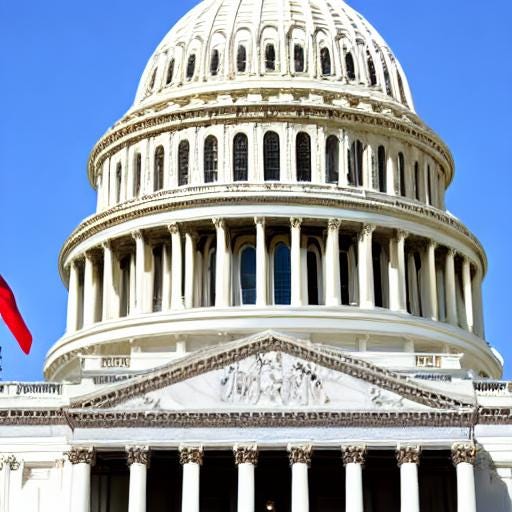Greetings, and welcome to the second part of our informative blog series on deepfakes. You may be aware of the term "deepfakes," which refers to manipulated media that can falsely deceive people and portray individuals. These highly realistic manipulations can be difficult to detect, posing a challenge for people who need to be technically savvy. In this article, you'll learn helpful tips on spotting and countering deepfakes without needing specialized technical knowledge.
Detecting deepfakes is an arduous task, primarily due to their realistic appearance. Deepfakes can manipulate audio to such an extent that detecting speech or voice impersonation discrepancies becomes almost impossible. Furthermore, creators of deepfakes use advanced tactics to evade detection algorithms, making it even more challenging to spot them.
To combat deepfakes, it is crucial to pay close attention to the context in which the media is presented. Questioning the source of the content, considering the motivations behind its creation, and approaching suspicious or shocking material with caution are all critical steps to take. Additionally, observing the movements and expressions of individuals in a video can reveal signs of manipulation. For instance, unnatural eye movements, lack of synchronization between speech and facial expressions, or odd body postures could indicate the presence of a deepfake. Listening carefully to the audio in a video, especially when it involves speech, can also be an effective way to detect deepfakes.
Enhancing your media literacy skills is essential to become more adept at recognizing and mitigating the risks associated with deepfakes. Critically evaluating your content and engaging in fact-checking practices using reputable organizations and tools can help you avoid falling for deepfakes. Sharing your knowledge about deepfakes with friends, family, and communities can also create awareness about their existence and potential risks.
Legislation and policy play a critical role in addressing the challenges posed by deepfakes. Advocating for laws that protect individuals from malicious uses of deepfake technology, ensuring consent and privacy rights, and establishing consequences for those who create or distribute harmful deepfakes are crucial. Staying informed about legislation and policies concerning deepfakes is vital for contributing to a safer digital environment.
In conclusion, by understanding the challenges of deepfake detection and adopting techniques to identify potential manipulations, non-technical individuals can become more adept at recognizing and mitigating the risks associated with deepfakes. Being vigilant and informed about deepfakes will help you stay safe and protect yourself from the negative consequences of this deceptive technology.
Many reputable organizations and websites provide valuable information if you need resources to learn more about deepfakes and how to detect them. Here are some helpful resources related to detecting and countering deepfake technology:
The Deepfake Detection Challenge:
The Partnership on AI
The Center for Democracy and Technology
The Electronic Frontier Foundation
The Digital Forensic Research Lab
https://www.dfir.training/resources/organizations/item/333-digital-forensic-research-lab
These resources can help you learn more about deepfakes, stay informed about the latest developments in deepfake technology, and develop the necessary skills to detect and combat deepfakes.



